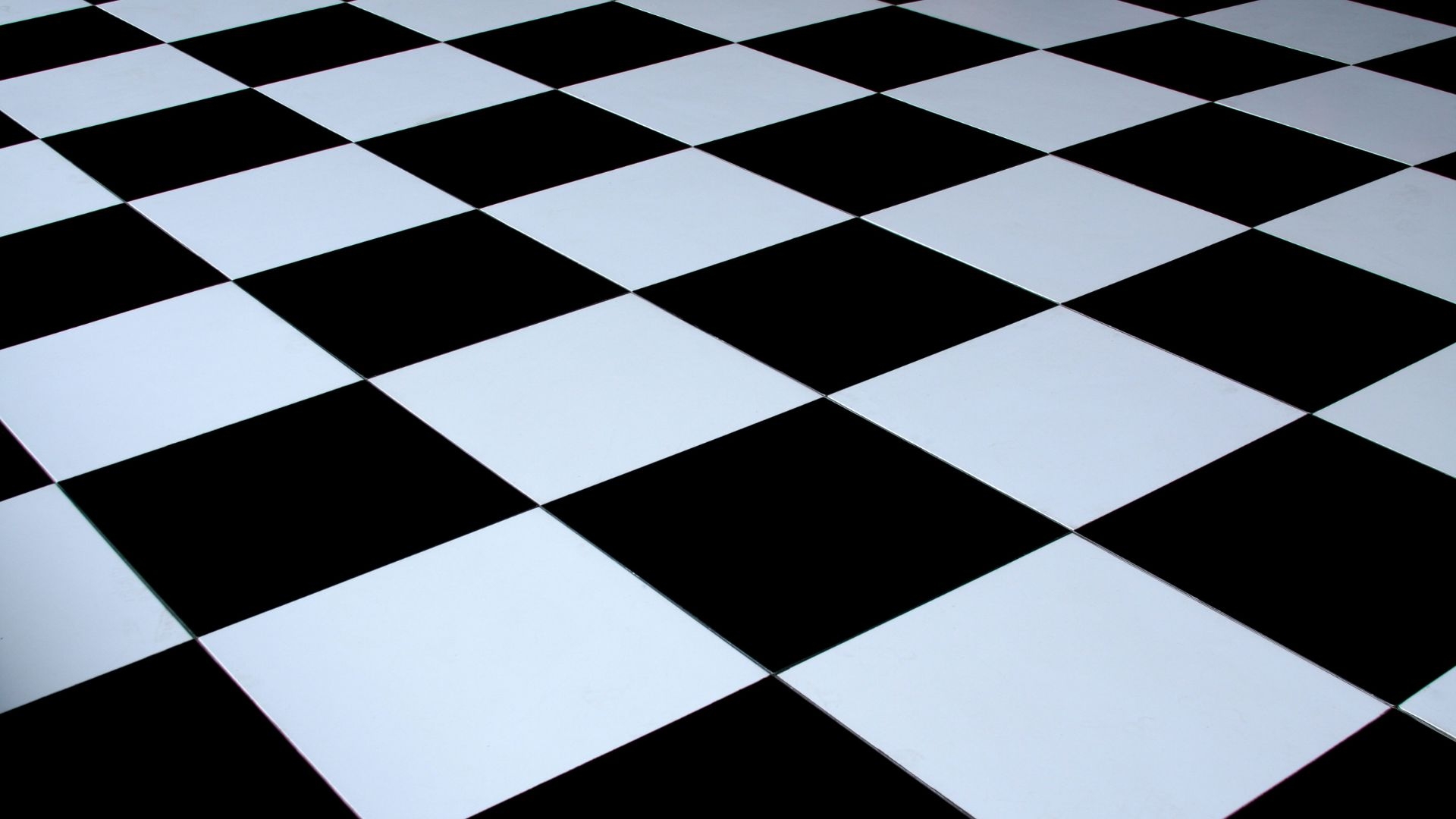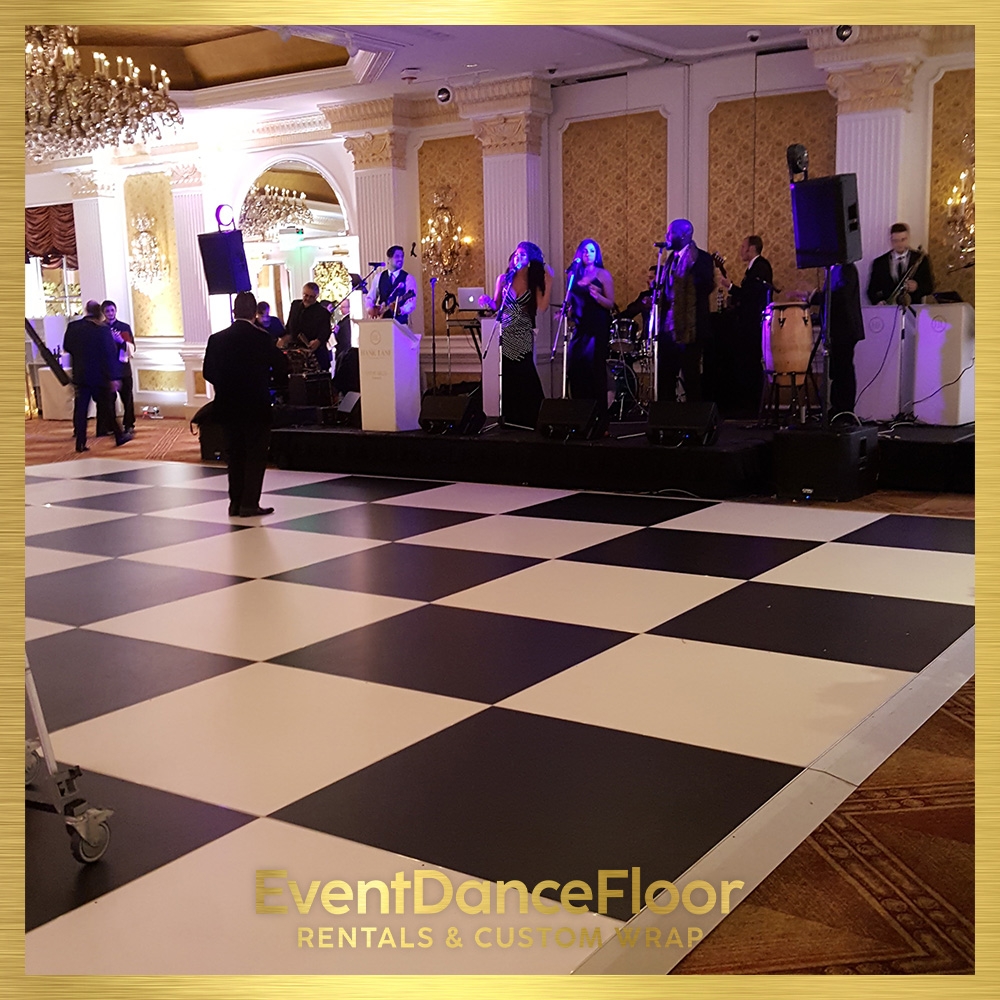3D Printed Custom Dance Floor Designs
How can 3D printing technology be used to create custom dance floor designs?
3D printing technology can be utilized to create custom dance floor designs by allowing for intricate patterns, unique textures, and personalized shapes to be easily produced. This technology enables designers to bring their creative visions to life with precision and accuracy, resulting in one-of-a-kind dance floors that can enhance the overall aesthetic of any event or venue.
Dance Floor Technology and Innovation
Energy-Generating Dance Floors







